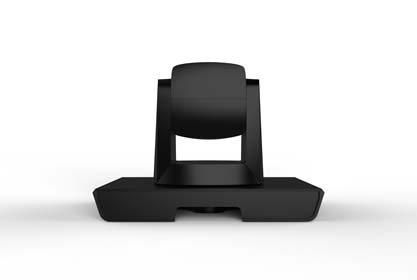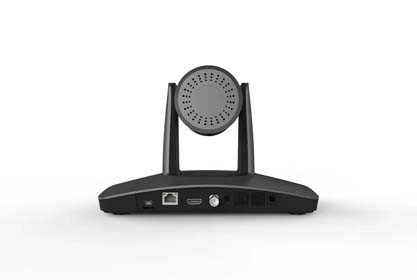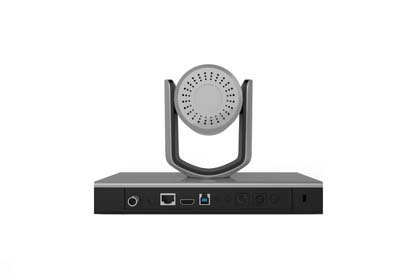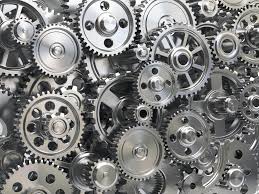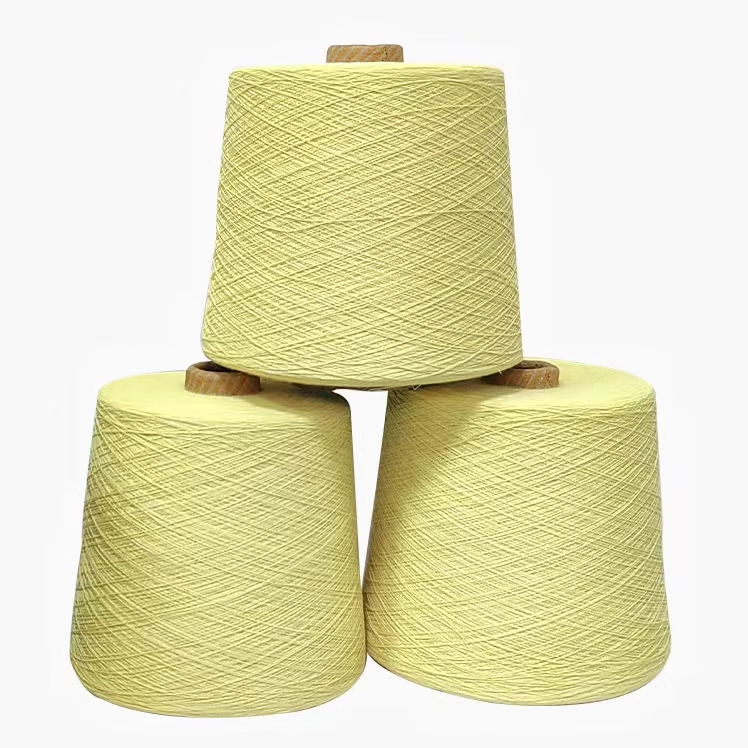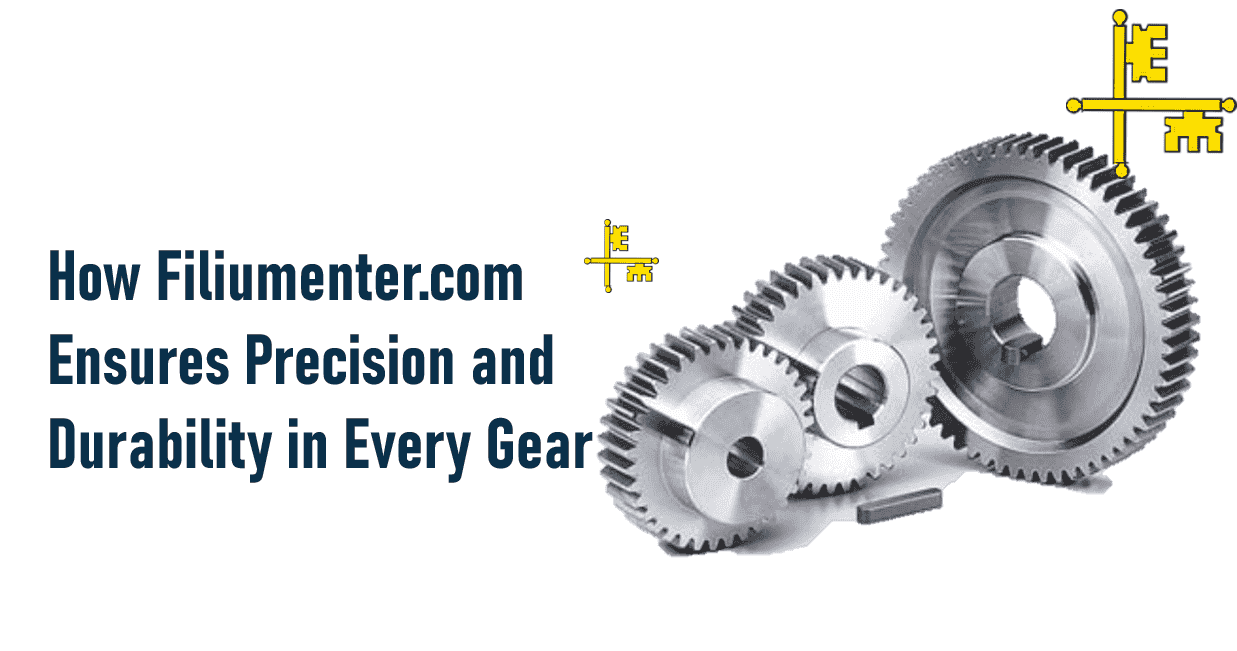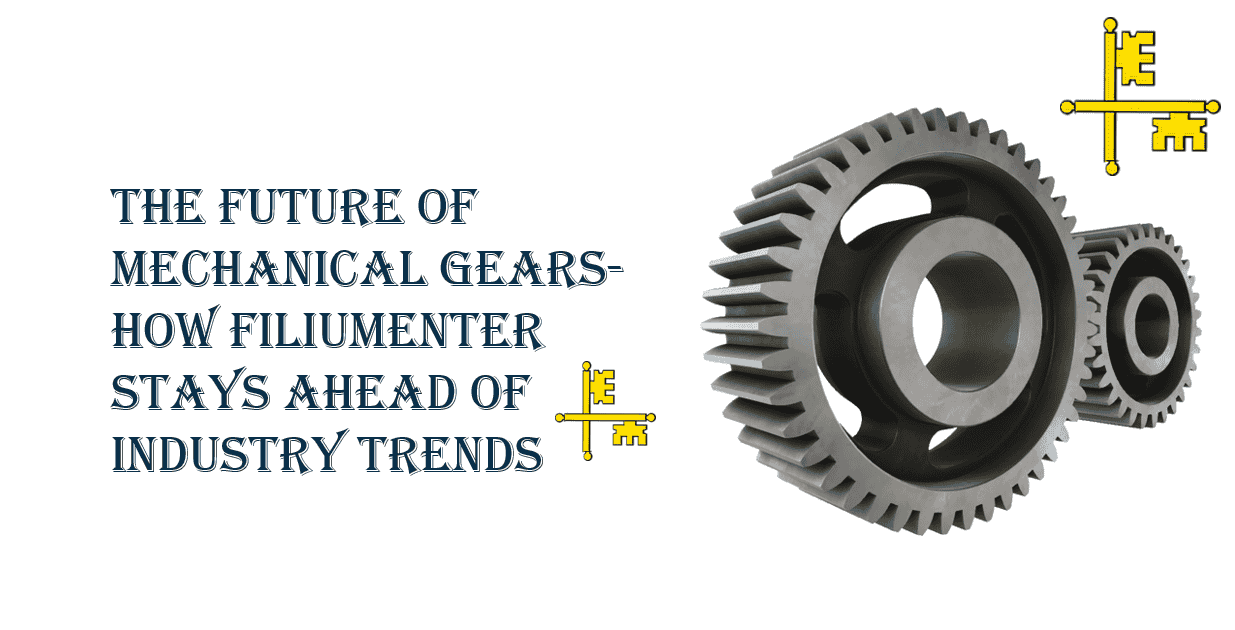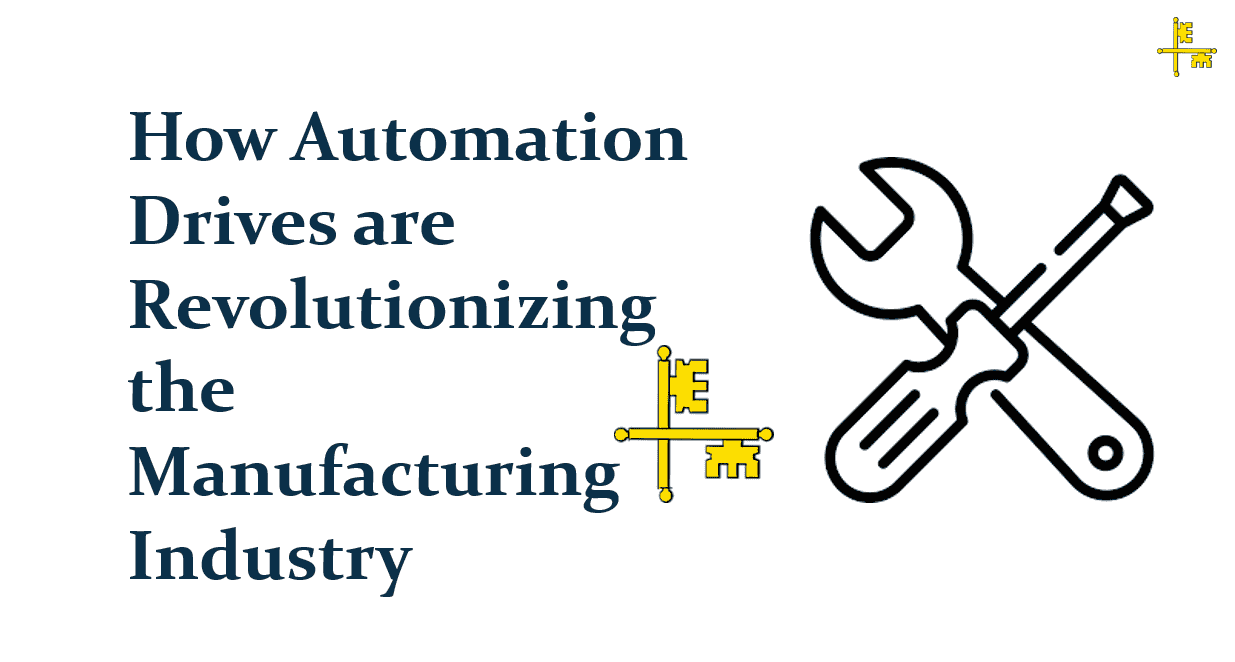The Role of Gears in Robotics- How Custom Solutions Improve Performance
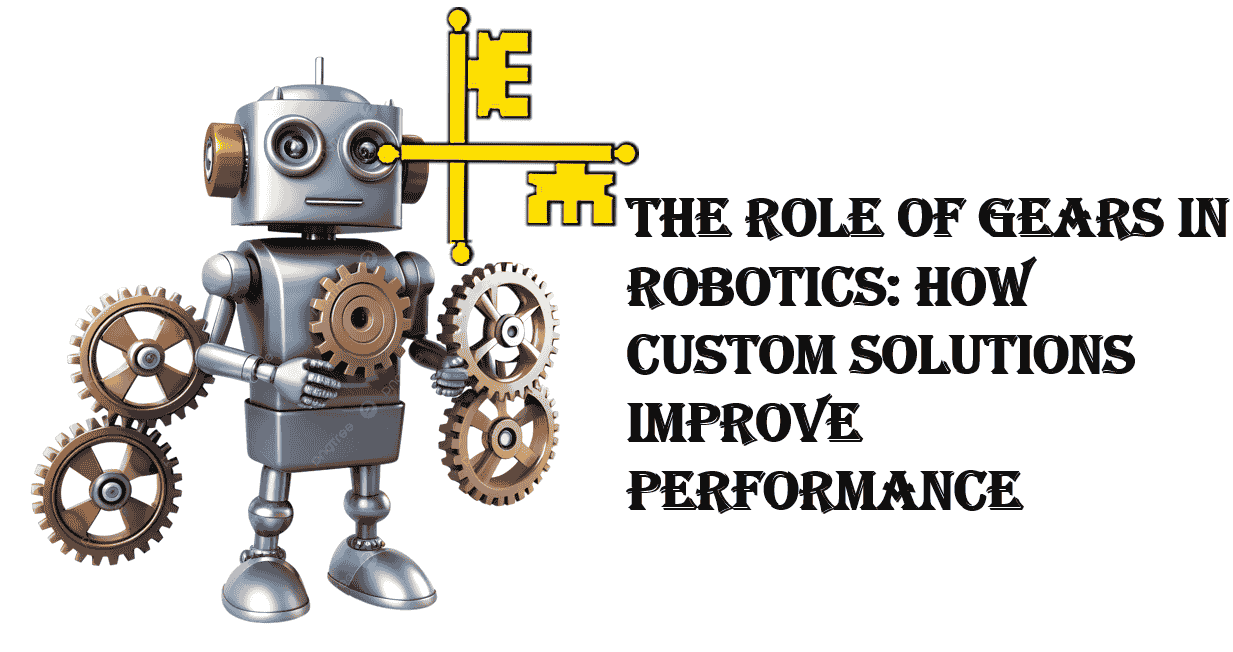
The Role of Gears in Robotics: How Custom Solutions Improve Performance
In the rapidly advancing field of robotics, precision and efficiency are paramount. Whether in industrial automation, medical devices, or autonomous vehicles, robotic systems rely heavily on various components to deliver the desired outcomes. One of the most crucial elements in the design of robots is gears. Gears in robotics serve as fundamental components that enable controlled movement, force transmission, and precise actions, ensuring that robots perform their tasks efficiently and reliably. In this article, we explore the essential role of gears in robotics and how custom gear solutions significantly improve robot performance.
Table of Contents
-
Custom Gears for Robots: Tailored Solutions for Maximum Efficiency
-
Precision Robotics Gear Solutions: Enhancing Accuracy and Longevity
Gears in Robotics: The Backbone of Movement
Gears are mechanical components designed to transfer motion and torque between machine parts. In robotics, they are responsible for controlling the speed, direction, and torque of motors, allowing robots to execute precise movements. Without gears, robots would struggle to operate with the precision required for complex tasks. They play a pivotal role in converting high-speed, low-torque motion from motors into low-speed, high-torque movement that is suitable for robot arms, legs, or wheels.
In robotic systems, gears work together in various configurations—such as bevel gears, spur gears, and planetary gears—to meet the unique requirements of the task. For instance, in robotic arms, gears are used to translate rotational motion into linear motion, enabling robots to lift heavy objects with precision. Meanwhile, in mobile robots, gears regulate wheel speed to provide the necessary traction and direction for autonomous navigation.
Custom Gears for Robots: Tailored Solutions for Maximum Efficiency
While standard off-the-shelf gears can work in many general-purpose applications, custom gears for robots offer significant advantages when it comes to meeting the precise needs of a robotic system. Every robot is different, and each application requires a unique combination of speed, power, and precision. This is where custom gears come into play.
Custom gear solutions allow manufacturers to design gears specifically tailored to the robot’s mechanical design, task requirements, and environmental factors. These gears are engineered with careful consideration of the robot’s load-bearing capacity, desired range of motion, and operational speed. Whether a robot is performing delicate surgery or lifting heavy machinery, the custom gears ensure the robot operates at optimal efficiency and performance levels.
For instance, a robotic arm that is used in a medical setting requires gears that provide smooth and precise movement to handle delicate procedures without introducing vibrations or errors. A custom gear set for such an application would likely be designed with high precision, durable materials, and minimal backlash to ensure seamless operation. On the other hand, industrial robots that deal with heavy loads may require gears that are robust enough to withstand intense torque and pressure while maintaining precision.
Precision Robotics Gear Solutions: Enhancing Accuracy and Longevity
Precision is the cornerstone of robotic performance. Even slight deviations in motion can lead to failures or inefficiencies, especially in high-precision tasks such as surgery, assembly, or inspection. Precision robotics gear solutions are engineered to minimize errors, ensuring that robots perform tasks with the highest possible accuracy.
When gears are custom-designed for robotics, they can be manufactured to exact tolerances, resulting in highly accurate gear mesh and reduced backlash. This ensures that each movement of the robot is predictable and reliable. Furthermore, precision gears can be made from advanced materials such as stainless steel, titanium, or specialized alloys, providing increased wear resistance and longevity under heavy use. These materials help mitigate common gear problems such as tooth wear, material fatigue, and excessive heat generation, ensuring that the gears continue to perform well over time.
In addition to precision, custom gear solutions can be optimized for specific tasks. For example, robots used in environments with extreme temperatures or corrosive conditions may require gears that are resistant to rust or capable of operating smoothly in high-heat settings. Custom gears can be designed with these factors in mind, offering solutions that generic gears cannot provide.
The Impact of Custom Gears on Robot Performance
The performance of a robot is heavily dependent on the quality of its components, and gears are no exception. By opting for custom gears, manufacturers and designers can fine-tune robotic systems to meet specific operational needs, resulting in several key benefits:
-
Improved Efficiency: Custom gears can be designed to match the exact requirements of the robot, minimizing energy losses and ensuring that the robot operates at its optimal capacity. For example, well-designed gears can prevent overloading of motors and reduce the need for frequent maintenance.
-
Increased Precision: As mentioned, precision gears allow robots to perform tasks with high accuracy, making them invaluable in applications that demand exact movements, such as automated assembly lines or surgical robots.
-
Enhanced Durability: Gears designed for specific robotic applications are more likely to withstand wear and tear, offering longer service life. This durability translates to fewer repairs and less downtime, ultimately reducing operational costs.
-
Customization for Complex Tasks: Many robots are required to perform specialized tasks that off-the-shelf gears cannot handle. Custom gears can be crafted to meet these specialized needs, ensuring that robots are equipped for complex operations, whether it’s delicate handling, high torque, or rapid movement.
The Future of Gears in Robotics
As robots become increasingly sophisticated and are deployed in more diverse industries, the demand for custom gears will continue to rise. Advances in materials science, 3D printing, and digital manufacturing techniques are making it easier to create highly complex, tailored gear solutions. These innovations will allow for even greater customization, leading to robots that are faster, more reliable, and capable of performing a wider range of tasks.
Additionally, the integration of artificial intelligence and machine learning in robotics will drive further demand for gears that can handle dynamic and adaptive tasks. Robots of the future will require gear systems that can seamlessly adjust to new operational conditions, ensuring continuous performance improvements.
Conclusion
Gears are indispensable to the functionality of robotic systems, from simple robots to highly advanced machines used in medical, industrial, and aerospace applications. Custom gear solutions are essential for optimizing robot performance, ensuring precision, efficiency, and durability. By investing in custom gears for robots, manufacturers can push the boundaries of robotics, making machines smarter, more reliable, and capable of tackling increasingly complex tasks. With the continued evolution of robotics, the role of precision robotics gear solutions will remain a cornerstone of success in the development of high-performance robots.
Related Products
Here are some key statistics and facts that can add value and credibility to the article about the role of gears in robotics:
1. Market Growth of Robotics
- The global robotics market size is expected to reach $74.1 billion by 2026, growing at a rate of 26.7% from 2019 to 2026 (Source: Fortune Business Insights). This growth underscores the increasing demand for high-performance robotic systems, where custom gear solutions play a vital role in achieving the required precision and efficiency.
2. Importance of Precision in Robotics
- In industrial automation, precision is critical. According to a report by McKinsey, 80% of manufacturing executives believe that automation and robotics will significantly improve production efficiency. Custom gears are a key element in achieving this precision, ensuring robots meet the exacting standards required for such tasks.
3. Gear Efficiency
- According to Gear Technology, custom gear solutions designed for specific applications can achieve efficiency rates of up to 98%. Standard off-the-shelf gears often exhibit greater losses, particularly in complex robotics systems where high precision is required. Custom gears reduce energy waste, improve system performance, and extend the lifespan of robotic components.
4. Impact on Robotic Longevity
- Custom gears contribute to enhanced durability. For example, in the automotive industry, robots are subjected to heavy workloads, with gear wear and tear being one of the main causes of maintenance downtime. Using custom-designed gears, which can withstand high torques and offer higher resistance to wear, extends the operational lifespan of these robots.
5. Advances in Gear Materials
- The use of advanced materials for gears is growing. Titanium alloys and ceramics are now commonly used in high-precision robotics to reduce wear and provide better heat resistance. These materials can increase the gear's strength by up to 60% compared to traditional steel gears (Source: Materials Science and Engineering).
6. Customization in Robotics
- Custom gears offer a competitive advantage in complex robotic tasks. For example, in the medical robotics field, a custom gear set is often required for surgical robots to ensure smooth and precise motion in delicate environments. A study by Harvard Medical School highlighted that surgical robots with precision gears have reduced operation times by up to 30% compared to manual methods.
7. Demand for Robotics in Specific Sectors
- The demand for robots equipped with custom gears is increasing in sectors such as healthcare, manufacturing, and logistics. Over 4,000 robots were deployed in the global healthcare sector alone by 2022, a number expected to grow by 20% annually as medical robots rely heavily on precision gears (Source: International Federation of Robotics).
